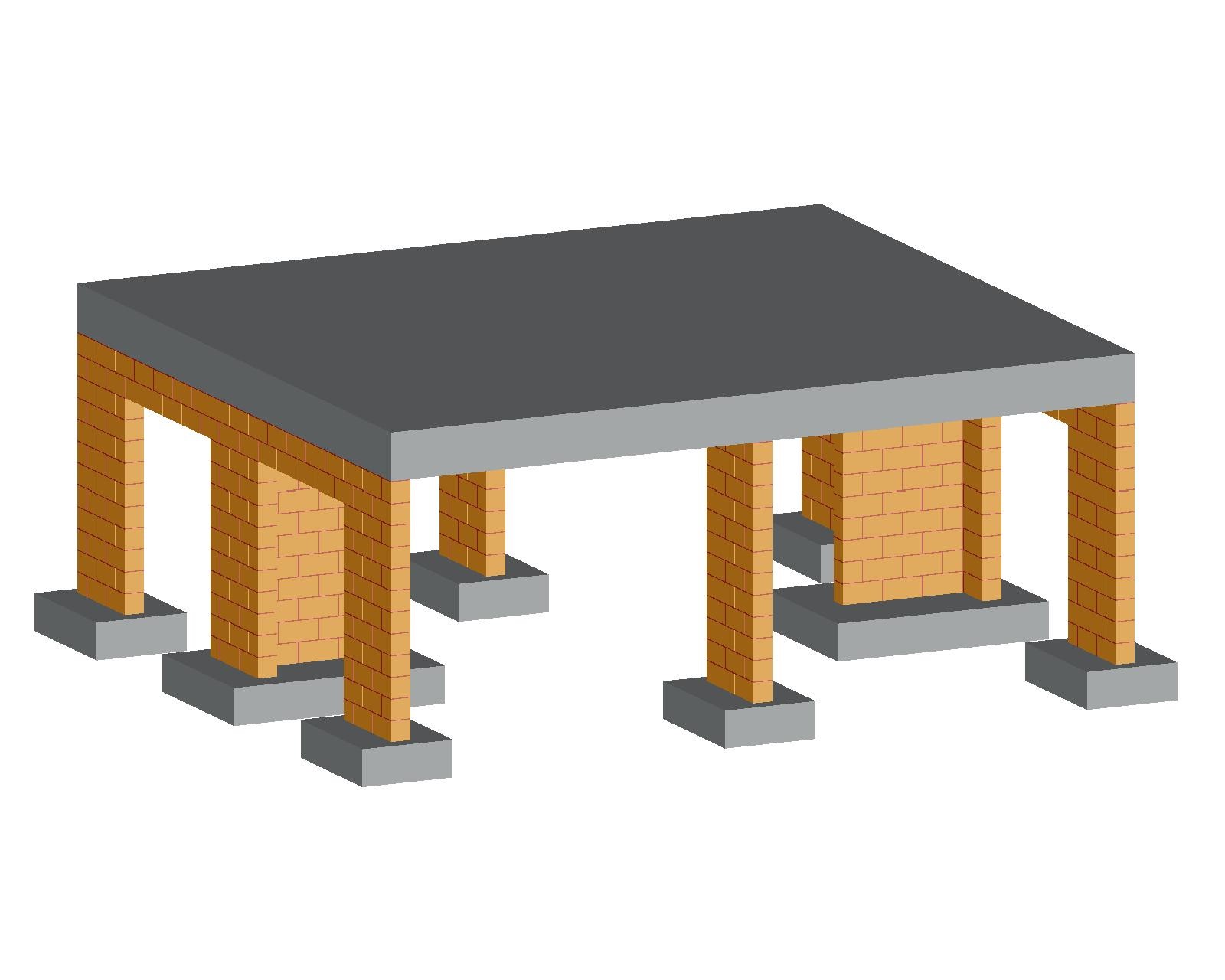Seismic design codes have to ensure that buildings have a low probability of collapse in the event of a severe earthquake. To develop such standards, the ability to assess the collapse margin ratios of building systems designed according to given specifications is of critical importance. Under severe seismic forces, reinforced masonry (RM) wall structures may develop complicated nonlinear behavior involving interaction between steel and masonry. Furthermore, the interaction of structural walls with other elements in a building system could lead to nonlinear behavior and collapse mechanisms that were not anticipated in design, including behavior dominated by diagonal shear cracks. The ability of analytical models to capture these mechanisms and interactions is crucial for an accurate assessment of the collapse potential of a building. The main aim of this project is to obtain necessary experimental data to understand the behavior of RM wall structures to the point of collapse, and to use the data to advance and validate refined as well as simplified analytical modeling methods.
In this project, experimental and numerical studies will be carried out to quantify: (1) the influence of wall flanges on the shear strength and ductility of RM walls; (2) the influence of the coupling forces introduced by horizontal diaphragms in a building on the strength and deformation capability of the structural system; and (3) the influence of non-seismic load carrying walls and columns on the drift capacity and collapse resistance.
For the experimental study, two full-scale one-story RM wall systems are going to be tested to collapse on the outdoor shake table at the UC San Diego NHERI site.

Investigators
| PI | P. Benson Shing | UC San Diego |
| Graduate Students | Jianyu Cheng and Andreas Koutras | |
| Contact Person | P. Benson Shing, pshing@ucsd.edu |
